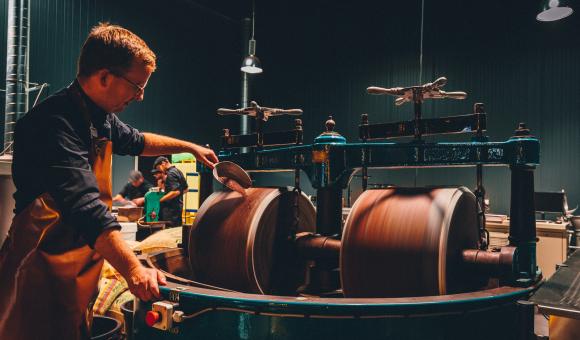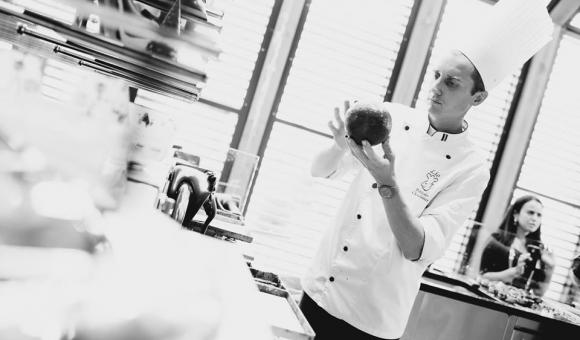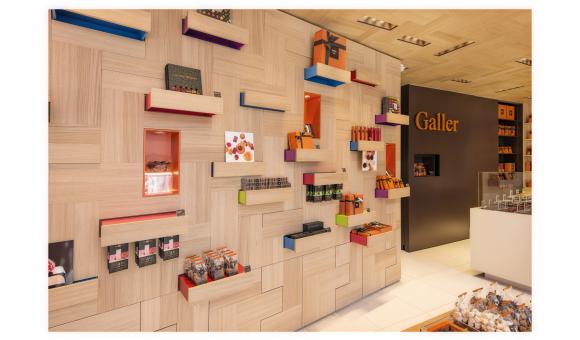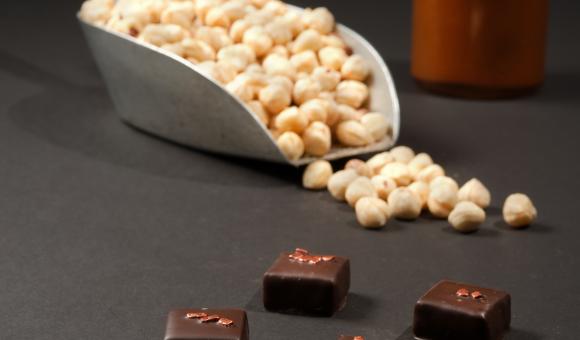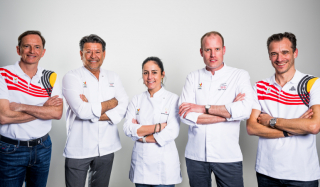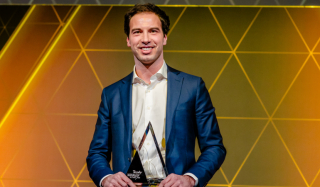Chocolate. The word alone is enough to make you drool. Straight away, it conjures up thoughts of indulgence, excellence, delicacy, intense pleasure or sweet temptation. Belgian chocolatiers are also excellent ambassadors of our way of life.
The relationship between our country and chocolate goes back a long way. In fact, it is inextricably linked to the thirst for discovery of a trailblazing young, industrial nation. Take, for example, the cocoa beans that entered Europe through the port of Antwerp. By the turn of the twentieth century, Belgium was already boasting a host of names that have since gone down in history: Côte d’or (1883), Jacques (1896), Wittamer (1910), Callebaut (1911), Leonidas (1913). In recent decades, other chocolate-makers have consolidated the status of our chocolate, making their mark by upholding traditional methods, without skimping on the two pillars of creativity and the excellence of the finished product.
Chocolate "made in Belgium" is thus more than ever one of our best ambassadors world-wide. It is rightly considered to be unparalleled in its refinement, a reputation earned through an expertise that comes not only from the high quality of the ingredients used and the rigorous selection of the cocoa beans, but also from the assiduity that goes into the roasting and the exceptionally fine grinding techniques. It is an expertise underpinned by the contribution of scientific knowledge, in areas as diverse as agronomy, plant biotechnology, microbiology, analysis of the aromatic profile or even 3D food printing.
Only naturally, consumer demands are a constant source of inspiration for the various players in this sector. They influence a number of parameters such as size, packaging, taste, colour, texture, etc. But what are the current trends? We are seeing, for example, the triumphant return of large slabs, which are then cut up and sold by weight. Or, conversely, tiny portions, where the focus is on very sophisticated packaging. And then you also have ... raw chocolate. Made without roasting or cooking the raw material, it is produced simply by fermenting, washing and drying the beans. The idea is to develop a product based on chocolate, while controlling the entire production process, from bean to bar. And where does commercial profitability fit into the picture? It must increasingly take on board mass exports and the potential market offered by emerging economies. In China for example, today, only 100 g of chocolate is consumed per person per year. If this figure were to rise to 200 g, that alone would be enough to cause demand to soar. In more general terms, it is estimated that we can expect an increase of more than 50% in demand in emerging countries by 2019. Our chocolate ambassadors have therefore also become savvy businessmen.
A WagrALIM study
WagrALIM, Wallonia’s Agro-industry Competitiveness Cluster, recently published a study based on a meeting with the various players in the chocolate industry. It gives food for thought, suggests avenues for action and makes it possible to address the question of innovation, which will drive the challenges to be addressed in the coming years.
Jean Galler, 40 years of chocolate
It was at the age of 16 that Jean Galler took his decision: his life would be coated in chocolate. The teenager already had a solid foundation thanks to the long hours spent in the bakery run by his parents in Liege. However, he headed for Switzerland to train at the Basel School of Chocolate Arts before continuing his apprenticeship with Gaston Lenôtre in Paris, where he earned the title of best pâtissier. Another spell with the Liege-based pâtissier Groffy and his famous “Misérables” before the opportunity arose, in 1976, to buy a chocolate shop in Clermont-sur-Berwinne. The equipment was repatriated to Liege, then installed a few months later in Vaux-sous-Chèvremont. The new chocolate shop was first named "Régal des fées" before taking the name of its boss, quite simply.
"Even back then, I was intent on setting myself apart from others," says Jean Galler. This prompted him to sell a (big) stick of 70 grams, instead of the usual 45 grams. He also played around with tastes and textures, even giving an aura of respectability to white chocolate, by combining it with fresh pistachios, praline, coconut, Cointreau, or turning it into a “manon”, with a coffee mousse and chopped hazelnuts. "You also have our exceptional white chocolate,” adds the chocolate maker. “It is probably the best in the world, presented in an 80-gram bar." The recipe combines natural vanilla, finely ground cocoa, aromas and a low sugar content. The chocolate-maker waited ten years before working with the mass distribution channels. "I initially opted for short supply channels with a seller who approached the region's bakeries and patisseries. So it all took place very gradually; we did a lot of ground work and were intent on preserving the traditional character of the production." The fine and flourishing business therefore continued to make headway, and the quality of the work paved the way for new business opportunities and earned the chocolate-maker a host of prestigious recognitions, such as the title of Purveyor to the Court of Belgium, granted in 1994. In 1976, turnover stood at BEF 1 million, or 25,000 euros. Last year, the company hit the 30-million-euro mark. A few years ago, the royal family of Qatar came into the shareholding of the company and now holds a majority stake, with new development prospects. In Belgium, from its base in Liège, the chocolate-maker has also branched out into 15 stores, the latest of which opened this spring in Ghent.
In his workshop in Liège, Jean Galler is always on the lookout for new opportunities, with a particular interest in the use of chocolate in cooking and wine-chocolate pairings. "Four people are also assigned to research and development, with some 400 trials tested annually. This already makes it possible to bring out two new sticks in the spring and two in the autumn. This year, we released the lemon and lime and melon-basil flavours."
We are itching to ask one last question: Does Jean Galler eat a lot of chocolate? "Let's say I eat it regularly, and am still a bit of a chocoholic. I never miss out on my morning ritual: bread and butter accompanied by 4 pieces of chocolate, raspberry, orange, mango-passion and banana flavours. And I also taste the previous day’s production without fail."
Jean-Marie Antoine
Article taken from the Revue W+B No. 132.
